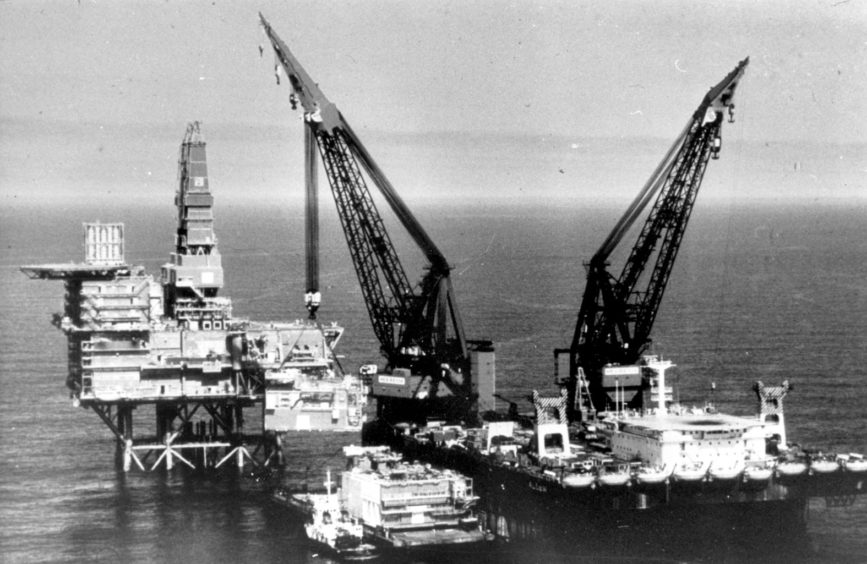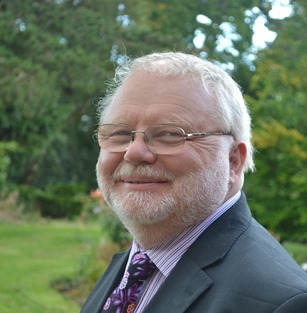
A giant North Sea project could help disprove false perceptions on redeveloping old fields, according to a former oil boss.
Jon Gluyas, a founder of Acorn Oil and Gas and Fairfield Energy, believes there is a wrongly held perception among geologists that a field’s performance is mainly determined by technical aspects, rather than company decisions.
Mr Gluyas, now head of Durham University’s Energy Institute, is advising Bridge Petroleum on Galapagos, a huge redevelopment of the North West Hutton and Darwin fields east of Shetland, thought to have around 900million barrels still in place.
North West Hutton changed hands several times over the years, including with Fairfield, and encountered a number of issues, including a material called barium which effectively “stuffed” the reservoir.
Commercial decisions, such as a previous operator realising their mistake but not paying to rectify it, had a hand to play in its chequered past but Mr Gluyas believes the time could be right for Bridge to make it a success.
He said: “They’re approaching it in an extremely systematic way and I think if anyone’s going to make this work now is the time, with all the knowledge that’s been built up over the last 30 or 40 years developing in what is essentially a tight oil reservoir.
“A key point is there is a perception amongst geologists, geophysicists and reservoir engineers that the technical aspects of a field – the geometry, the quality or not of the rock, the viscosity of the oil – are complete determinants to the way a field performs. And they’re not.
“The early wells on NW Hutton were good, but the last few did nothing at all because they basically stuffed the reservoir.
“The new programme needs to avoid some of those damaged areas.”
One of the ways that is best evidenced is through the life of the Argyll field – the first to produce oil in the North Sea – which has been redeveloped twice.
Mr Gluyas’ firm Acorn Oil and Gas became the first company to ever redevelop a North Sea field when it picked up the licence for Argyll in 2002, which had been abandoned more a decade earlier.
It would later be redeveloped again by EnQuest under a new name, Alma, which is still producing today.
This was all possible due to the Hamilton Brothers, who won the race to produce the first North Sea field in 1975, abandoning it prematurely in pursuit of prospects elsewhere like Vietnam.
Another example is in Murchison, an oilfield where production peaked and troughed in line with the priorities of the firm who owned it at a given time.
Mr Gluyas believes there are still opportunities in many regions of the North Sea, but it may mean more expensive methods.
He added: “There are opportunities everywhere. From something like Lyle with five percent recovery in a really difficult reservoir, maybe up to some of the best-performing fields if you can install things like C02 enhanced oil recovery.
“It’s down to decisions in companies. Changes in strategy, the desire to move a production vessel from the North Sea to Vietnam, which then determines to a larger extent, I think than the technical aspects, how a field performs or whether or not it is worth redeveloping.”

